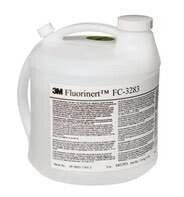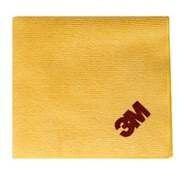Types of protective eyewear


Her eyes told a story; I have eyes in the back of my head; eyes are the window to the soul: there are many idioms, proverbs and quotes related to our eyes. It is pretty clear that we are talking about one of the most – if not the most – important organs. For this reason, it is of key importance to protect our eyes. Especially in case of more demanding physical use, for example during industrial work, it is important to wear appropriate protective equipment. Recently, we have had an article on the protection of the ears; now let us see the protection of the eyes!
Why is there a need for protective eyewear?
Our impressions and knowledge of the world primarily come from our vision. The reduction or loss of this ability can mean an unspeakable tragedy. According to labor records of the US, 800,000 eye injuries occur annually only in the United States, and in 90% of the cases, a good protective eyewear could prevent problems.
Our natural and biological characteristics are usually appropriate, meaning that eyelids, the process of tearing and eye sockets normally provide quite sufficient protection. However, during working or a physical effort, small splinters, chemicals and corrosive substances may get into the eyes. Invisible phenomena, such as laser, UV- and infrared radiation can also cause changes to our vision, and we have not even talked about extreme sources of danger yet, such as an arc light during welding. Protection against such impacts in a busy industrial environment can literally save lives.
For this reason, the use of protective eyewear is a simple, natural and safe way to protect our vision. Furthermore, there is such a huge range of products in various forms, colors and abilities that it is a luxury not to use these objects developed and created for eye protection. It is better to prevent than to suffer.
It is essential to know that in Europe, a special related law requires the use of protective equipment – including protective eyewear – in case of certain types of work
The basics of selection
While in case of eyeglasses for everyday use, rational considerations – that is the diopter of the lens, and whether it is myopia or hypermetropia – and aesthetic functions are equally important, in case of protective eyewear, the protection of the eyes is the most important.
Due to this consideration, the most important questions to be answered when choosing are in what type of environment and how the eyewear will be used and what harm it will be used to reduce or prevent. This can be related to a profession, such as in case of carpenters, professionals dealing with assembly and components, athletes and factory workers – in this latter case, the nature of working conditions is conclusive. Light- and optical conditions, the closed or open nature of working, possible light filtering opportunities and the mechanical nature of the work all affect the final decision. It is worth thinking these over and make the decision accordingly.
Types of protective eyewear in details
Based on what has been previously described, it is no wonder that we can find a confusing abundance of products if we are looking for such eyewear.
With regards to lenses, we can choose clear lenses or polarized ones that filter environmental effects excellent. With certain lenses, we can eliminate various reflections – caused either by nature or by screens. Lenses can absorb blue light and they can intensify the colors of nature, while green lenses prevent infrared radiation from making contact with the eyes.
As regards design, we can choose a range of products from simple safety eyewear to lightweight tools of high quality made from plastic that can be used for several hours and that even resist very demanding use.
Protective eyewear includes vented types that eliminate the risk of chemicals or acids.
Of course, those browsing in the website of Flanker can also find very special protective eyewear. For example, the 2890S closed protective eyewear which has a clear, anti-scratch surface, anti-fog coating, polycarbonate lenses, and the size of its frame without vents is increased; it provides an almost full protection against fine particles and gases. From the aspect of occupational safety, the 2890S closed protective eyewear is extremely useful: it has no vents and it includes polycarbonate lenses of a darkness level of 5 as a closed protective eyewear for welding. There is also a solution to when an employee already wearing glasses need vision protection: in this case, the 3M™ 2800 series protective eyewear to wear with vision correcting glasses can be a required and good choice.
More articles
Flanker Plusz Kft.
Contact Details
Boti Street, 100.





























